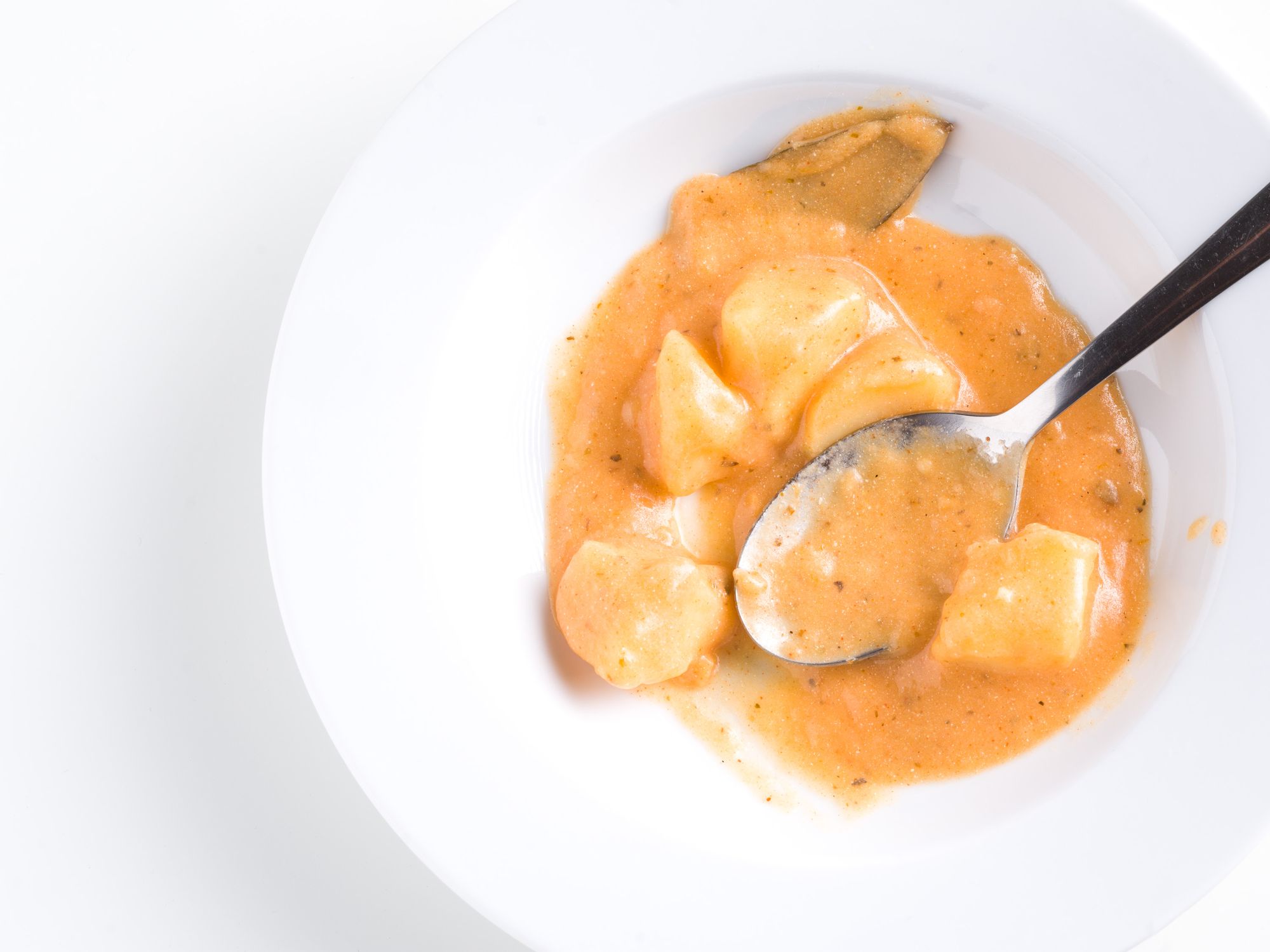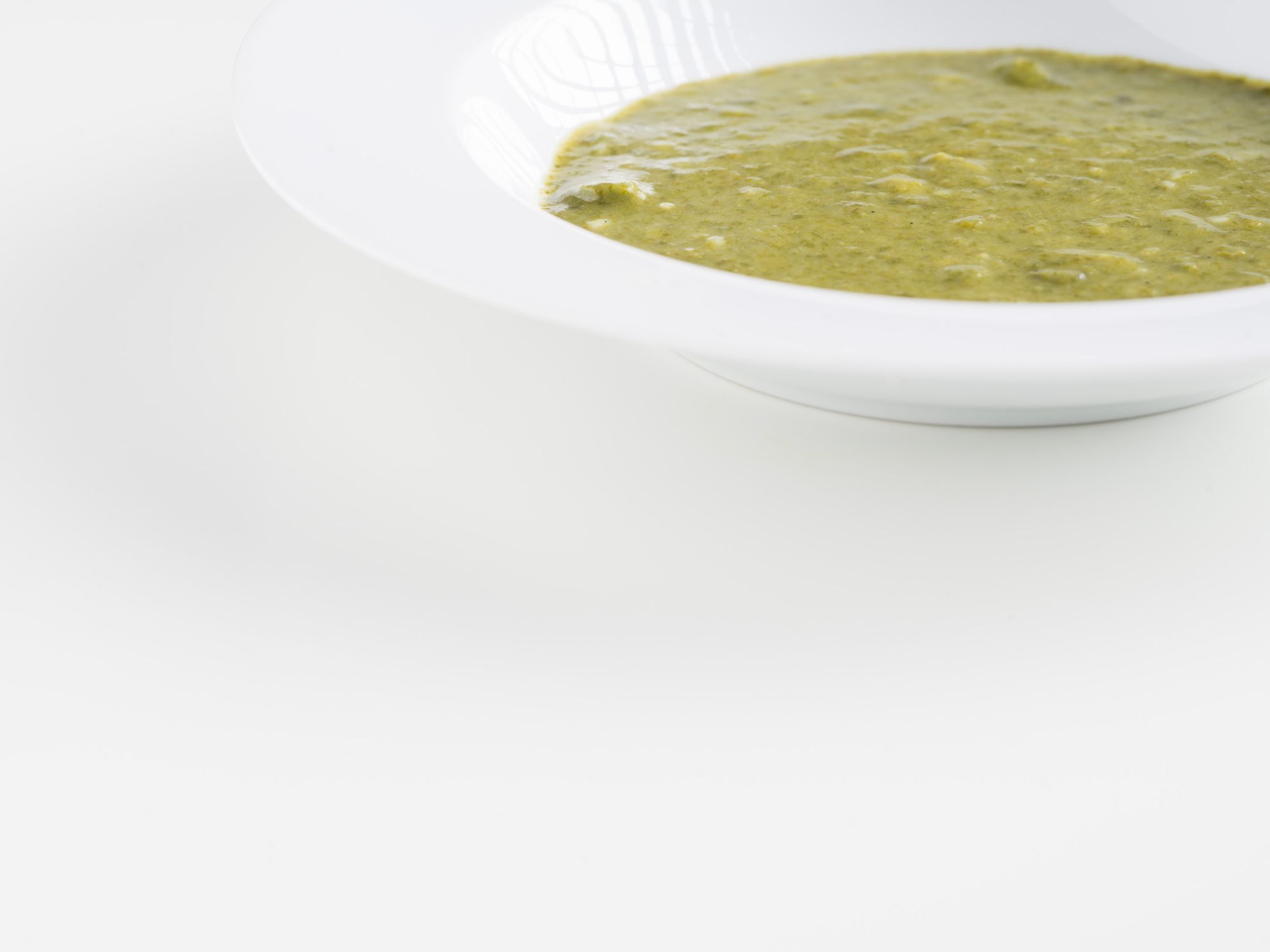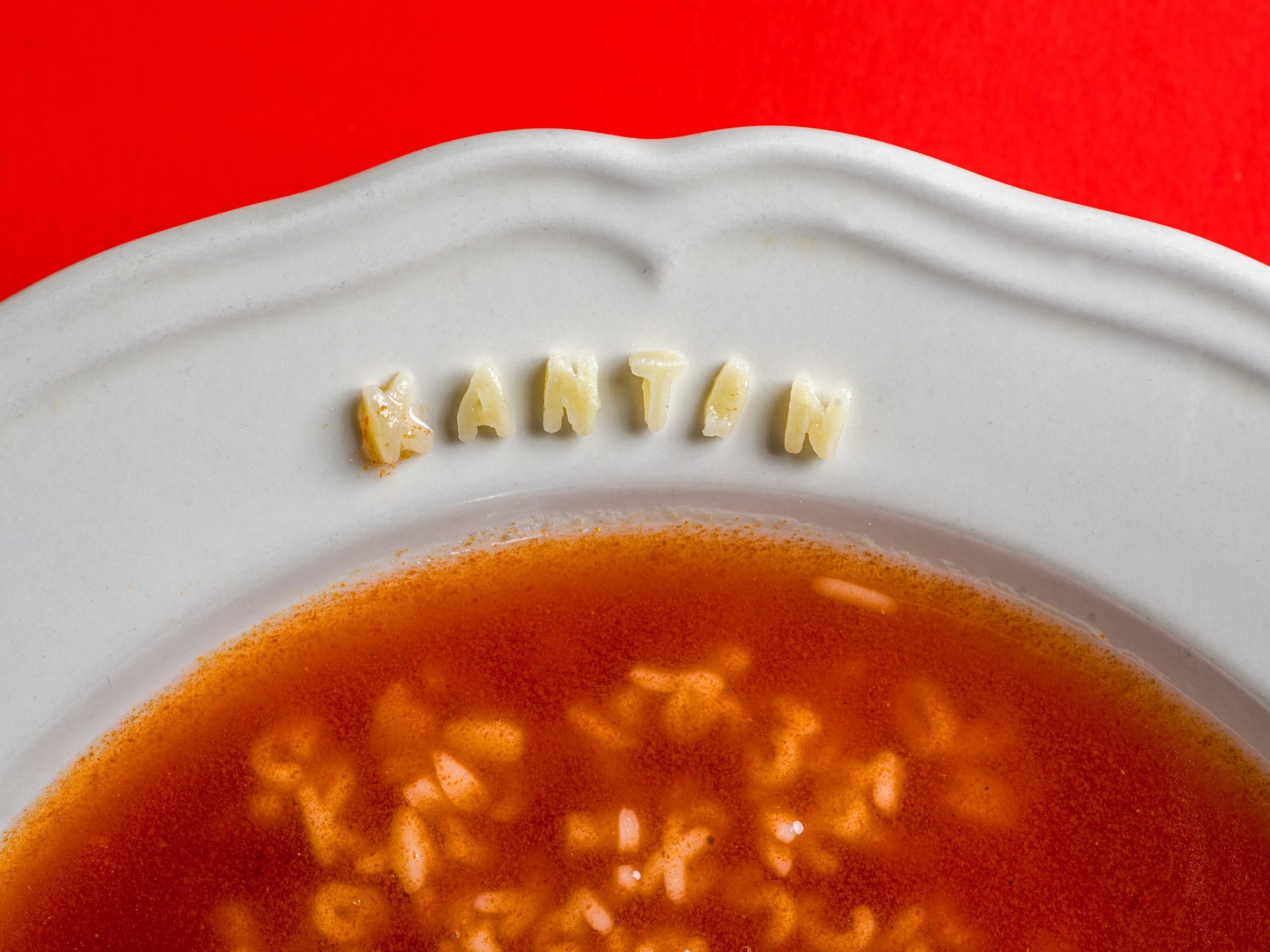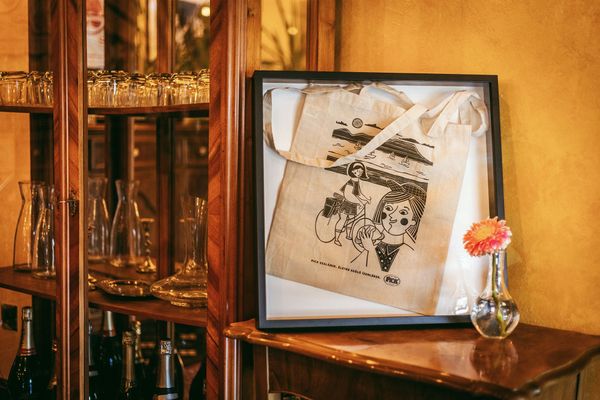Is there a more divisive dish on Hungarian canteen menus than the different versions of vegetable stews? This very Hungarian dish evokes nostalgic feelings and memories for many while making others nauseous—whichever the case may be for you, after sandwiches and soups, they too have an incontestable place in our Canteen series.
It is very hard to find a good definition for what a vegetable stew really is, especially because Hungarians think of something else than foreigners when hearing these words. Having a thicker consistency, they cannot be called soups or cream soups, but they are not ragouts either, as there is no need to serve a garnish along with them. It’s difficult to find an English equivalent—‘stew’ and ‘pottage’ can both mean something similar, in American English, ‘chowder’ might be closest in meaning, while in German ‘Gemüse’ and ‘Eintopf’ (meaning ‘vegetable’ and ‘meal,’ respectively) are the best options. All these words have in common that they describe hearty vegetable dishes that sometimes contain meat or legumes. They are cooked for a long time and thickened in some way—in the Middle Ages with cereals or bread, later with starchy vegetables, then with roux. The ingredients could be anything you have at hand as long as it’s in season, produced locally and cheap, because that’s what makes vegetable stew a true ‘meal of the poor,’ providing nutrients and energy for the people.

Thinking about porridges or even Indian curry, one might find some similarities, however, a stew is a bit different, especially when made Hungarian-canteen-style. In the Hungarian National Cookbook (Magyar Nemzeti Szakácskönyv), written by István Czifray and published in 1840, stews already earned a whole chapter, still, most people are familiar with the version of the dish that became popular during the socialist era. Stews are relatively easy to make, only requiring one or two pots, and can be prepared in large amounts, the qualities that made them become the preferred dish of post-war gastronomy in a political sense. The famous Hungarian cookbook author Ilona Horváth, who raised countless generations of cooks, adds a copious amount of flour to her recipes: the result is a thick, hearty dish that is a full meal in itself, in many cases only requiring a handful of ingredients, making it an ideal addition to canteen menus.

Where did the foolproof formula of vegetables and meat go wrong though? The answer is in the proportions. Canteens began to cut back on vegetables, using more roux and stock instead and looking for a quicker way to prepare the dish. The vegetables tended to be overcooked, the roux became lumpy, and toppings such as sunny-side up eggs, sausages, meatloaf, or meat stew could not become the saving grace either. A huge slice of white bread was a mandatory side to make sure that everyone felt full by the end of the meal. Despite their imperfect nature, stews also became a staple on family tables, especially as freezers became more widely available, allowing the dish to be stored away, as its thick consistency made it perfect for cold preservation.

The star dishes of canteens were the stews made of potatoes, spinach, split peas, savoy cabbage, or a ‘delicious stew’ (consisting of peas, carrots, and turnip cabbage) but a classic pea stew is also a familiar sight to most. Luckily, the stew is enjoying a renaissance thanks to Hungarian gastro bloggers like Zsófi Mautner or Feri (‘Stewmaker’) Szatmári, bringing modernized recipes to their audiences. They have taught us, among other things, that stews can be thickened by blending some of the ingredients and adding the paste back into the pot—and the results are a whole other dimension from the original recipes. Stews appear on restaurant menus as well, especially during fall and winter. In Hungary, there are even dedicated ‘stew bars’ putting the dish back into the spotlight it deserves.
Photos: László Sebestyén
Previous episodes of the series:



Inner Landscapes: the surreal world of Kamilla Hu-Yang

Festival of Lights Zagreb kicks off











